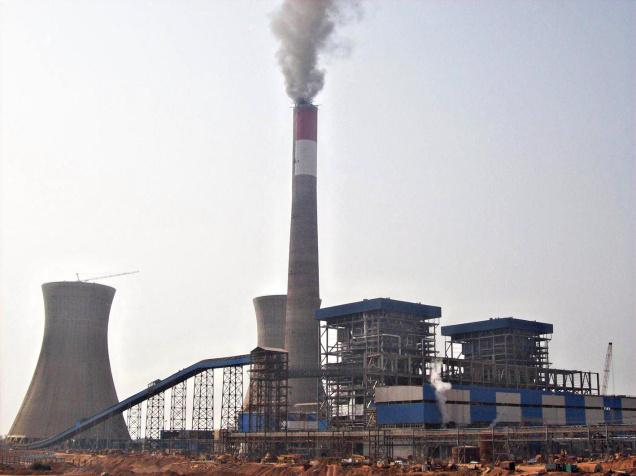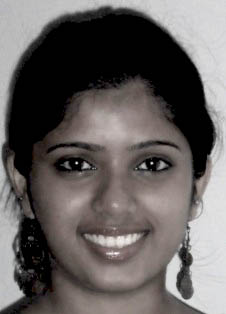And I am not suggesting a ban on development projects, which very obviously are an integral part of every developing nation. However, my discomfort is with the fact that every development project attracts protests from the locals or environmentalists somewhere along the implementation of the project plan.

The thermal power project of the UPCL has evoked protests from the local residents
This revolt is clearly an indication of the lack of dialogue between the two parties and failure to gauge the environmental effects. This leads to a dispute between the Government and the locals or environmentalists, which we read in newspapers every day.
Be it Narmada Valley, Gundia Power project or our own Udupi Power Corporation Ltd, the disagreement between the locals, environmentalists against the Government has only amplified. People are of the belief that the officials are only thinking of filling their pockets while robbing them of their health and livelihood.
Giving in to such a thought is also not entirely wrong on the part of the people part as they have hardly seen any benefit the Government has tried to provide for them. Instead what they receive is only assurance of the Government looking into the issue by appointment of various committees to come up with a decision soon. The “soon” is something that they are tired looking forward to.
While the development projects are aimed to be of advantage to the people themselves, why is this becoming a big issue?
One of the main drawbacks of the system is the lack of dialogue between the stakeholders. The problem also lies in the fact that there are two parties while in reality there should be just one. People have given up the idea that the Government is a part of the people and are led to believe that they are a separate entity that have too much for themselves to be concerned about the rest.
Therefore the proposal of a development project should be agreed upon only if the locals of the area are informed about it and their consent is obtained. If there is a dispute with the people or the environmentalists, the Government needs to have a dialogue and draw out a plan. The project should not come as a surprise to the locals. If our nation cannot do without the projects, attending to issues of displacement and the environmental concerns are also of equal importance.
Many locals get displaced from their land due to these projects apart from the colossal damage caused to the environment. Therefore, the need for prior planning is required. The possibility of damage the project might cause need to be tested out. People need to be assured that they too are a part of the development work that is taking place.
Definitely the people will not be joyful about the idea of getting abundant electricity supply if they are being displaced from the homes that they live in!

The writer is a student of Mass Communication & Media Studies at St. Aloysius College, Mangalore.








Comments
Add new comment